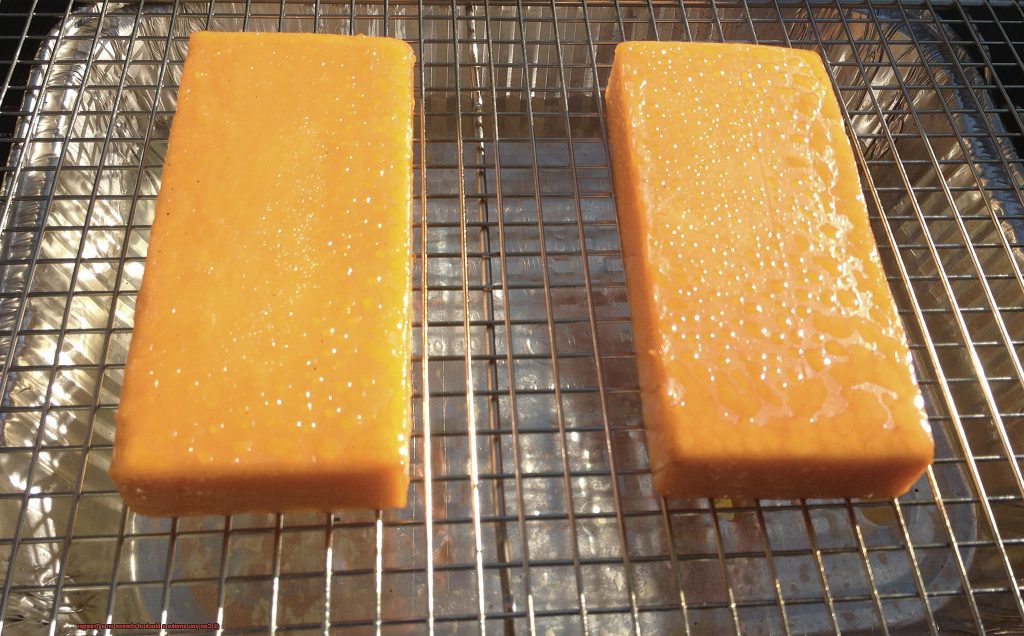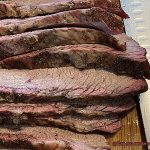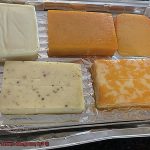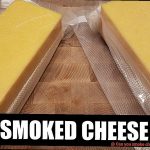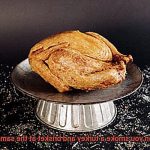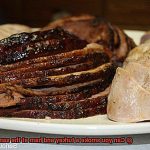Do you want to add some smoky depth and complexity to your culinary creations? Look no further than a block of smoked cheese. But can you smoke cheese on a Traeger? As a grill or smoker enthusiast, you’re probably familiar with Traeger’s reputation for producing exceptional BBQ and grilled dishes. But can it handle the delicate task of smoking cheese?
The answer is yes, but smoking cheese is a delicate process that requires careful attention to temperature and timing. Cheese can melt and lose its shape during the smoking process, so it’s crucial to keep the temperature low and monitor the cheese closely.
So, before you toss your favorite block of cheese on the grill, let’s take a closer look at how to smoke it on a Traeger. In this blog post, we’ll explore the necessary equipment, temperature settings, and smoking time needed to achieve that perfect smoky flavor.
Whether you’re an experienced smoker or just starting out, smoking cheese on a Traeger is an exciting adventure. So grab your apron and get ready to impress your taste buds with some deliciously smoky cheese.
Contents
What is Smoking Cheese?
Are you a cheese lover looking for a new way to add a bold flavor to your favorite cheese? Look no further than smoking cheese. This technique involves exposing cheese to smoke from wood chips or pellets, infusing it with a rich and smoky flavor. Smoking cheese is gaining popularity among grill enthusiasts and food lovers who enjoy experimenting with different flavors.
Smoking cheese requires a smoker or grill that can maintain a consistent low temperature. Traeger grills are highly recommended for their precision temperature control, making them perfect for smoking cheese. Keep the temperature below 90 degrees Fahrenheit to prevent the cheese from melting and losing its shape.
Not all types of cheese are suitable for smoking. Hard cheeses like cheddar, gouda, and parmesan are ideal because they have a lower moisture content and can hold up well under heat and smoke. On the other hand, soft cheeses like brie and camembert are more delicate and can easily melt or lose their shape during smoking.
When smoking cheese on a Traeger, start by cutting the cheese into blocks or slices. Then place the cheese on a wire rack or aluminum foil and place it on the grill grates. Use mild wood flavors like apple or cherry wood to avoid overpowering the delicate flavor of the cheese. Close the lid and let the cheese smoke for 1-2 hours, checking periodically to make sure it’s not melting or getting too soft.
Once the smoking process is complete, remove the cheese from the grill and let it cool down before serving or storing. It’s important to store smoked cheese properly to avoid bacterial growth. Store it in an airtight container in the refrigerator for up to two weeks.
Can You Smoke a Block of Cheese on a Traeger?
Before you dive in, it’s important to know the ins and outs of this delicious technique.
First, choose the right cheese. Harder varieties like cheddar, gouda, and Swiss hold up well under the heat of the smoker, while softer cheeses like brie or camembert may not fare as well.
Next, cold smoke is the way to go. This means smoking at temperatures below 90°F to infuse flavor without cooking the cheese. Luckily, Traeger grills come equipped with a cold smoker attachment to help you achieve the perfect temperature.
But before you start smoking, let the cheese sit at room temperature for an hour to absorb more flavor. Then place it on a wire rack and into the smoker it goes.
The smoking process should take between two to four hours, but keep an eye on the temperature and smoke output to avoid melting or over-smoking your cheese.
Finally, let your smoked cheese rest in the refrigerator for 24 hours to fully absorb the smoky goodness before serving.
Temperature Considerations for Smoking Cheese on a Traeger
Then smoking cheese on a Traeger is a must-try technique for you. But hold on, before you get started, let’s talk about the crucial temperature considerations that come with smoking cheese.
Cheese is a delicate ingredient that requires gentle treatment, especially when it comes to temperature. To avoid a greasy mess and ensure the perfect texture, the ideal temperature range for smoking cheese is between 60°F and 70°F. Maintaining this temperature range during the smoking process is essential, and there are a few ways to achieve it.
One of the easiest ways to maintain low smoking temperatures is by using a cold smoker attachment for your Traeger grill. This attachment channels smoke from the Traeger into a separate compartment where the cheese is placed, allowing you to smoke your cheese at low temperatures while ensuring that it stays firm and doesn’t melt.
If you don’t have a cold smoker attachment, don’t worry. There’s another way to maintain low temperatures: ice packs or frozen water bottles. Adding these to your smoker will help keep the temperature low and prevent the cheese from melting.
Now here’s another thing to keep in mind; different types of cheese require different smoking temperatures and times. Harder cheeses like cheddar and gouda can withstand higher temperatures and longer smoking times, while softer cheeses like brie and camembert require lower temperatures and shorter smoking times. So it’s important to research each type of cheese beforehand to achieve optimal results.
Wood Flavor Considerations for Smoking Cheese on a Traeger
To truly elevate your smoked cheese game, you need to consider the type of wood pellets you’re using in your Traeger. Different wood pellets produce different flavors, and choosing the right one can make all the difference.
One popular option for smoking cheese is fruitwood pellets, such as apple or cherry. These mild and sweet flavors complement most types of cheese and are a safe bet for beginners. They’ll add a subtle smokiness without overpowering the cheese’s flavor.
But if you’re looking for a bolder, more intense flavor, hickory and mesquite pellets are the way to go. These woods produce a stronger, more robust smoky flavor that can hold its own against strong cheeses like cheddar or gouda. Just be cautious not to use too much as it can result in an unpleasantly bitter taste.
It’s not only about the type of wood but also about finding the right balance of smoke strength. Too much smoke can be overpowering, while too little will not impart enough flavor. Experiment with small amounts of pellets and shorter smoking times to get the balance right.
If your Traeger has a “super smoke” mode, give it a try to see if it enhances the flavor of your cheese. This feature produces more smoke than the standard mode and can infuse more flavor into your cheese.
When selecting wood pellets for smoking cheese on a Traeger, remember that each cheese has unique characteristics that should be considered. For example, smoked gouda pairs well with applewood pellets, while smoked cheddar is best with hickory or mesquite pellets.
Step-by-Step Guide to Smoking Cheese on a Traeger
Smoking cheese on a Traeger grill is a fantastic way to add new and exciting flavors to your favorite cheeses. Although it requires some precision and patience, the results are well worth the effort. Here is a step-by-step guide to smoking cheese on a Traeger:
Step 1: Choose the right cheese
Not all cheeses are suitable for smoking. Hard cheeses like cheddar, gouda, and parmesan are ideal because they can withstand the heat and smoke without melting. Soft cheeses like brie and camembert are not recommended because they will turn into a gooey mess when exposed to heat.
Step 2: Preheat your Traeger grill
The first step to smoking cheese on a Traeger grill is to preheat it to a low temperature of 180-200°F. This low heat will allow the cheese to absorb the smoke flavor without melting.
Step 3: Prepare the cheese
Cut your chosen cheese into small blocks or slices that are about ½ inch thick. This will ensure that the smoke can penetrate the cheese evenly. Alternatively, you can leave the cheese whole if you prefer.
Step 4: Smoke the cheese
Place the cheese on a wire rack or sheet of parchment paper on the grill grates. Close the lid and let the cheese smoke for 1-2 hours, depending on how strong you want the smoke flavor to be. Make sure to check on the cheese from time to time to ensure it’s not melting or getting too hot.
Step 5: Rest and store the cheese
Once smoking is complete, remove the cheese from the grill and let it rest for at least an hour at room temperature. This will allow the smoke flavor to settle in and the cheese to firm up again. Then, wrap the cheese in plastic wrap or vacuum-seal it and store it in the refrigerator for up to two weeks.
Tips and Tricks for Smoking Cheese on a Traeger
If you’re a fan of the smoky flavor of cheese, then smoking cheese on a Traeger grill is a must-try technique. However, it can be challenging to achieve the perfect smoked block of cheese. But worry not, with the right tips and tricks, you can create delicious and flavorful results every time. Here are some things to keep in mind when smoking cheese on your Traeger:
Choose the Right Cheese
When it comes to smoking cheese, not all cheeses are created equal. Harder cheeses like cheddar, gouda, and parmesan tend to hold up better during the smoking process than softer cheeses like brie or goat cheese. So, choose the type of cheese wisely.
Prepare the Cheese Properly
Proper preparation is key to achieving great results when smoking cheese. Before smoking, let your cheese sit at room temperature for about 30 minutes to soften slightly. This will help the smoke flavor penetrate the cheese more evenly.
Cut the cheese into small blocks or chunks to allow for even smoking and make sure they are at room temperature before placing them on the Traeger. It’s also recommended to place the cheese on a cooling rack or mesh tray to allow for air circulation and prevent sticking.
Smoke at a Low Temperature
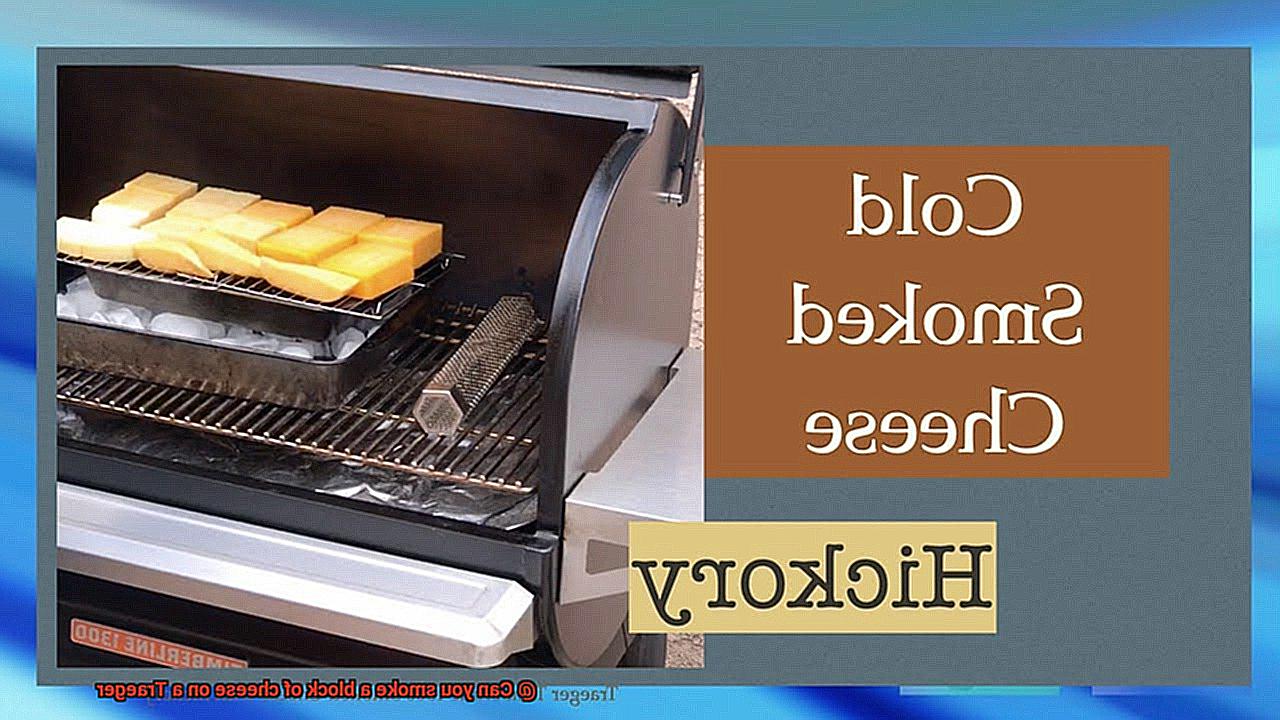
Cheese is delicate and melts easily, so it’s essential to keep the temperature low when smoking it. Aim for a temperature range of 68-80°F and smoke the cheese for no more than 2 hours. Any longer and the cheese may become too smoky and overpowering. Using mild wood pellets like apple or cherry is recommended as too much smoke can cause the cheese to become bitter.
Monitor Smoke Level
It’s important to monitor the smoke level carefully. A light smoke that adds flavor without overwhelming the cheese is ideal. Try placing a bowl of ice beneath the cheese to help regulate the temperature and prevent melting. This trick can work wonders in maintaining consistent temperature levels.
Let it Rest
After smoking, let your cheese rest in the refrigerator for at least 24 hours before serving. This allows the flavors to fully develop and meld together. Wrapping the cheese in plastic wrap or wax paper is recommended as it prevents the cheese from drying out.
Storing Smoked Cheese Properly
Now, it’s time to store it properly so that it retains its smoky flavor and texture for as long as possible. As an expert on storing smoked cheese, I’ve compiled some essential tips and research notes to help you do just that.
Temperature is Key:
The temperature at which you store your smoked cheese plays a crucial role in ensuring its flavor and texture last. Aim to store your cheese at a temperature between 35-40 degrees Fahrenheit to prevent it from drying out or becoming too soft. Ensure you have enough space in your fridge to store your cheese correctly.
Moisture and Light are Enemies:
Cheese is sensitive to moisture and light, so it’s essential to keep it away from both. Wrap your smoked cheese in wax or parchment paper, and then place it in an airtight container. This will help prevent mold growth and keep the cheese fresh for longer. Avoid using plastic wrap as it can cause the cheese to sweat and lose its flavor.
Consider the Type of Cheese:
Different types of cheese require different storage methods. Soft cheeses like brie and camembert should be consumed within a week of smoking. Wrap them tightly in wax paper before storing them in an airtight container. Hard cheeses like cheddar and gouda can last up to three weeks if stored correctly.
Allow It to Sit:
Before storing your smoked cheese, it’s essential to let it sit for a few days after smoking. This will allow the flavors to meld, and the smoke to penetrate fully. Once you’re ready to store it, wrap it up properly, label it with the date, and place it in the fridge at the right temperature.
Final Thoughts:
MiZrGlh1mTg” >
Conclusion
In conclusion, smoking a block of cheese on a Traeger grill is not for the faint of heart. It requires patience, precision, and a bit of bravery to take on this delicate process. But fear not, with the right tools and techniques, you can achieve that perfect smoky flavor and elevate your culinary creations to new heights.
When it comes to smoking cheese on a Traeger grill, choosing the right type of cheese is key. Harder cheeses like cheddar, gouda, and parmesan are ideal because they have lower moisture content and can withstand heat and smoke. Soft cheeses like brie and camembert require extra care as they are more delicate and can easily melt or lose their shape during smoking.
Maintaining low temperatures is crucial when smoking cheese to avoid melting or over-smoking. A cold smoker attachment or ice packs added to the smoker can help keep the temperature low and steady.
Selecting the right wood pellets is also important for achieving optimal results. Mild fruitwood pellets like apple or cherry are recommended for beginners as they add subtle smokiness without overpowering the cheese’s natural flavor.
Once your cheese has been smoked to perfection, proper storage is essential to maintain its flavor and texture. Store smoked cheese in an airtight container in the refrigerator at the right temperature to prevent bacterial growth.
In summary, smoking a block of cheese on a Traeger grill is an adventure worth taking if you’re up for the challenge. It adds depth and complexity to your favorite cheeses that will impress even the most discerning palates.

